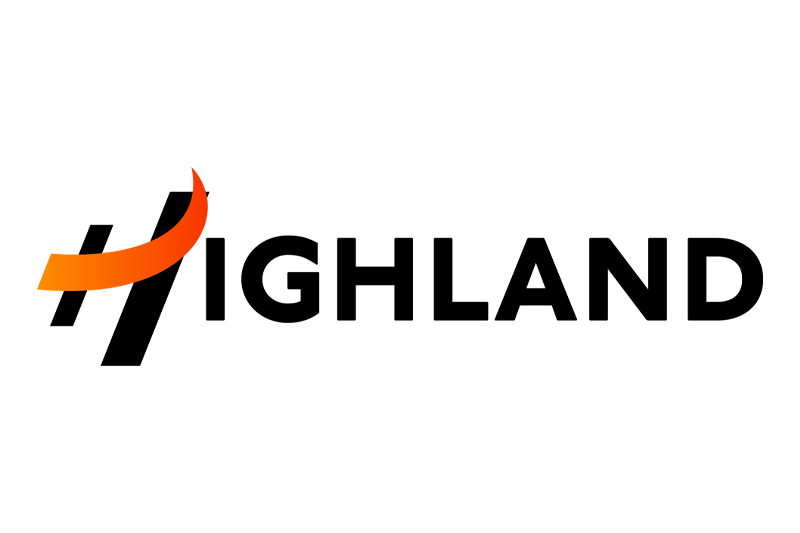Dr. Vin Diwaker, the national director of transformation, NHS England, told the exhibitors and visitors to this year’s HETT show that they can lead the fourth industrial revolution in the NHS. The busy conference and packed show floor proved it.
The Lunar Society of Birmingham has been described as “a British dinner club and informal learned society of prominent figures in the Midlands Enlightenment.” It brought together “industrialists, natural philosophers, and intellectuals” at the turn of the 18th century.
Or, as Dr. Vin Diwaker told the HETT delegation, it kick-started the first industrial revolution and “changed the way people lived and worked.”
“The reason I love coming here to HETT is that you are the Lunar Society of the 21st century,” NHS England’s medical director for transformation went on. “You are going to change the way we work and live [by driving] the fourth industrial revolution.”
4IR and healthcare challenges
The ‘fourth industrial revolution’ is a phrase coined by Klaus Schwab, the founder of the World Economic Forum, who argued that technologies such as robotics, artificial intelligence, and gene editing will blur the lines between the physical, digital, and biological worlds.
That’s an exciting prospect in healthcare, where AI is already being used in specialties such as pathology and radiology to support diagnosis, gene therapy is opening up personalised treatment, and remote monitoring is breaking hospital and surgery walls to support people in their daily lives.
This was reflected in the keynote sessions and panels organised across the five theatres at HETT, which covered everything from infrastructure to digital maturity and adoption, and integrated care to digitally empowered patients.
However, the NHS faces some challenges in adopting them. Immediately, new health and social care secretary Wes Streeting has declared that the NHS is “broken” – but decisions about funding and “reform” will have to wait for the Budget and the new ten-year plan that is due next spring.
In the longer term, Dr. Diwaker said, the big challenge is the “ageing society.” Or, more specifically, a society that is ageing unequally so that more and more people are living with ill-health.
Dr. Diwaker said the number of people living with two or more long-term conditions has increased from 40% of the population to 60% over the past few years. So, the huge demand being placed on the health service is not coming from the number of patients coming forward – “which has not changed much” – but the state they are in – “much more complex.”

Sweating the assets
As HETT took place at ExCeL London, Streeting told the Labour Party conference in Liverpool that to tackle these challenges he wants to see three shifts: from analogue to digital, from hospital to community and primary care, and from treatment to prevention.
All that fourth industrial revolution tech will be essential to deliver on that. But as the NHS heads into a “challenging” winter, with funding under pressure and policy on hold, it’s clear that what it will need to do first is optimise the IT that it already has.
This was spelled out in a keynote session by Dermot Ryan, director of the frontline digitisation programme, who said trusts needed to “sweat the assets” and move up the digital maturity index to deliver immediate efficiencies and lay the foundations for the coming world of AI.
It was also a theme of the HETT exhibition, which featured more than 100 companies across two of ExCeL’s halls. Well-known NHS IT leader Professor Joe McDonald is medical director for a number of successful health tech businesses, including communications platform provider Parsek.
He said: “We know there is not going to be a huge amount of money around, so we are going to have to work with the installed base that we have. That means building on the relationships that happen at HETT to connect what’s already there.”
Making connections
The Lunar Society was important because it brought people together, and HETT exhibitors agreed with Professor McDonald that building relationships is an important feature of shows.
SPARK TSL was at HETT to demonstrate its SPARK Fusion platform, which uses a hospital’s existing investment in Wi-Fi and the infrastructure for bedside units to deliver productivity-enhancing apps alongside communication, information, and entertainment services.
Chief executive Matt O’Donovan said the show had delivered far more “interesting discussions” about how it can improve efficiency than a Teams call could possibly deliver.
Matt Parkinson, head of commercial operations at Induction Healthcare, which supplies the Zesty patient experience portal, also said it was having some “great conversations about the efficiencies that we are bringing to the NHS.”
To help visitors navigate the exhibition, HETT 2024 had introduced an innovation trail to take them on a curated journey around companies and products of most interest to them. Another new feature for 2024 was the product demo zone; a dedicated floor area in which visitors could get hands-on with new ideas.
One of the companies taking part was Airwave Healthcare, which had the opportunity to show how its bedside technology can engage, educate, and entertain patients. “HETT has been very good for us,” said Airwave Healthcare services director Dean Moody. “It is a fantastic environment to showcase our products.”
Don’t wait for government: go out and drive change
At the end of day two, a closing keynote panel asked what the new government can do to transform health and care. But Shane Tickell, the chief executive of Temple Black, a consortium of health tech strategists committed to unifying and using real-time health and care data, said the audience shouldn’t wait for it.
“The NHS can move fast,” he pointed out: just look at what it achieved during the Covid-19 pandemic, when whole new pathways and treatment protocols were agreed in single meetings. Just now, it has slipped back into drawing up business cases and running pilots, but it could change again.
“We should be thinking in hours not days,” he said. “The market is ready. It is frustrated by the pace of change. The action is not in Liverpool. It is here. Every one of you can go out and make change.”
Or, as Dr. Diwaker might have put it, companies and services can take inspiration from the leaders of the first industrial revolution to start bringing the fourth to bear on health and care.

